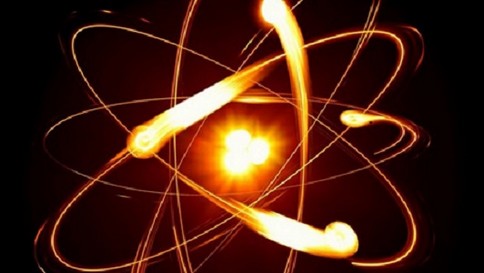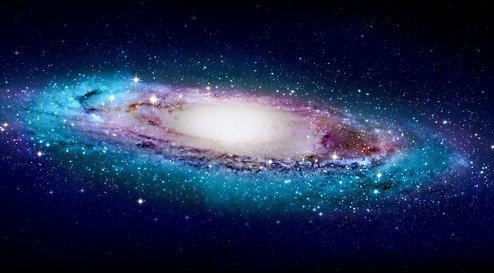Intelligent Design & The Universe
by Marshall Beeber


Introduction
The theory of intelligent design holds that certain features of the universe and of living things are best explained by an intelligent cause, not an undirected process such as natural selection. (click for reference)
Evidence of Intelligent Design In Sub-Atomic Particles
Dr. Michio Kaku, a theoretical physicist at the City College of New York (CUNY) and co-founder of String Field Theory, says theoretical particles known as “primitive semi-radius tachyons” are physical evidence that the universe was created by a higher intelligence. After analyzing the behavior of these sub-atomic particles - which can move faster than the speed of light and have the ability to “unstick” space and matter – using technology created in 2005, Kaku concluded that the universe is a “Matrix” governed by laws and principles that could only have been designed by an intelligent being. “I have concluded that we are in a world made by rules created by an intelligence. Believe me, everything that we call chance today won’t make sense anymore,” Kaku said, according to an article published in the Geophilosophical Association of Anthropological and Cultural Studies. “To me it is clear that we exist in a plan which is governed by rules that were created, shaped by a universal intelligence and not by chance.” “The final solution resolution could be that God is a mathematician,” Kaku, author of The Future of the Mind: The Scientific Quest to Understand, Enhance, and Empower the Mind, said in a 2013 Big Think video posted on YouTube. “The mind of God, we believe, is cosmic music, the music of strings resonating through 11-dimensional hyperspace.” (click for reference)
Evidence of Intelligent Design In the Big Bang
Physicist Brian Miller looks at various attempts to evade the mounting evidence that the universe had a beginning, a Big Bang. Miller and host Casey Luskin first review the fascinating history of how the eternal universe model of the nineteenth century gave way to the Big Bang model. Then Miller walks through about a half a dozen attempts to evade a cosmic beginning after the Big Bang model had won the day. These evasions include the steady state model, the idea of an eternal cyclical universe, and the string landscape model. According to this model, our universe exists in a multi-dimensional brane (not “brain”) which exists in a higher dimensional space, and our multi-dimensional brane can collide with other branes, with each collision creating a Big Bang moment, a process said to have been going on for all eternity. Miller then explains why each of these attempts to evade a true cosmic beginning fail, and he says that if matter, energy, and space came into existence at the moment of the Big Bang, then it follows that the cause of this cosmic beginning is something immaterial. And since the cosmic beginning was finely tuned in many astonishing ways, Miller says, the cause of the Big Bang has left the signature of intelligent design. (click for reference)
Odds of the Universe Supporting Life
Dr Stephen Meyer of the Discovery Institute stated: The fine-tuning of the laws of physics and chemistry to allow for advanced life is an example of extremely high levels of CSI in nature. The laws of the universe are complex because they are highly unlikely. Cosmologists have calculated the odds of a life-friendly universe appearing by chance are less than one part in 1010^123. That’s ten raised to a power of 10 with 123 zeros after it! The laws of the universe are specified in that they match the narrow band of parameters required for the existence of advanced life. As an atheist cosmologist Fred Hoyle observed, “[a] common sense interpretation of the facts suggests that a super intellect has monkeyed with physics, as well as with chemistry and biology.” The universe itself shows strong evidence of having been designed. To find out more, read Jay Richards, “Is There Merit for ID in Cosmology, Physics, and Astronomy?” and Stephen Meyer, “Evidence of Design in Physics and Biology.” (click for reference)